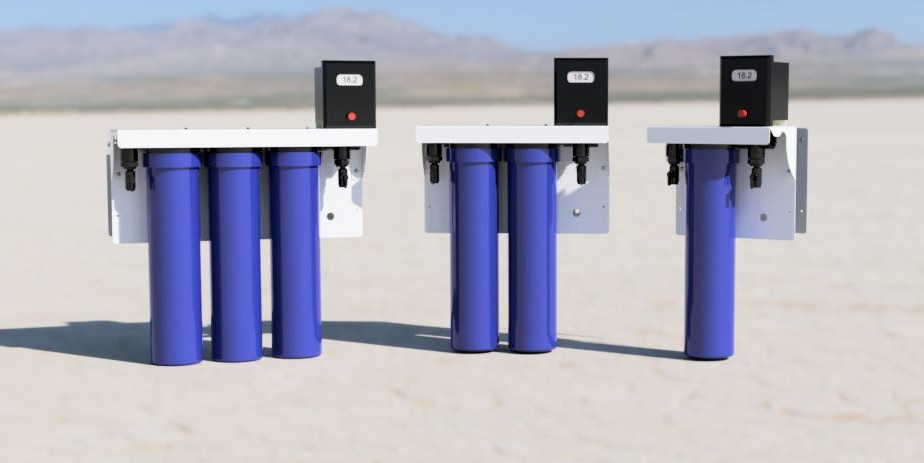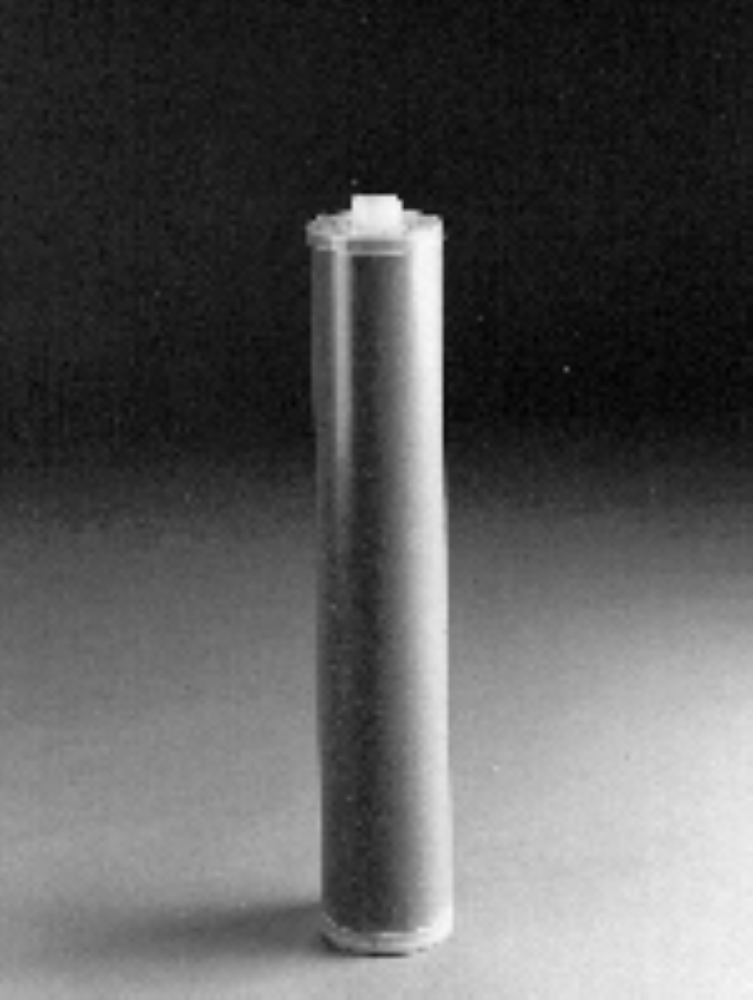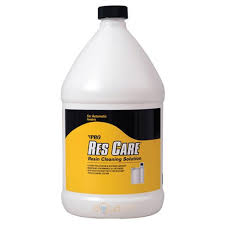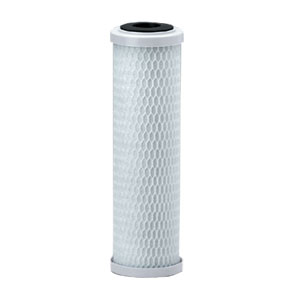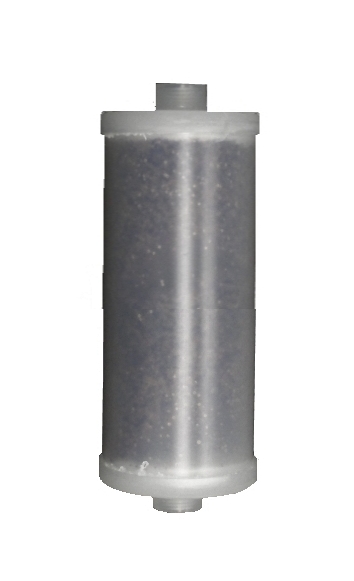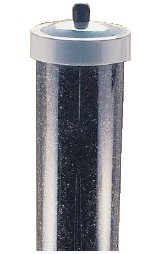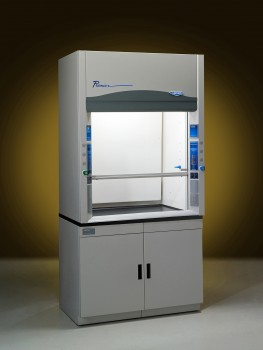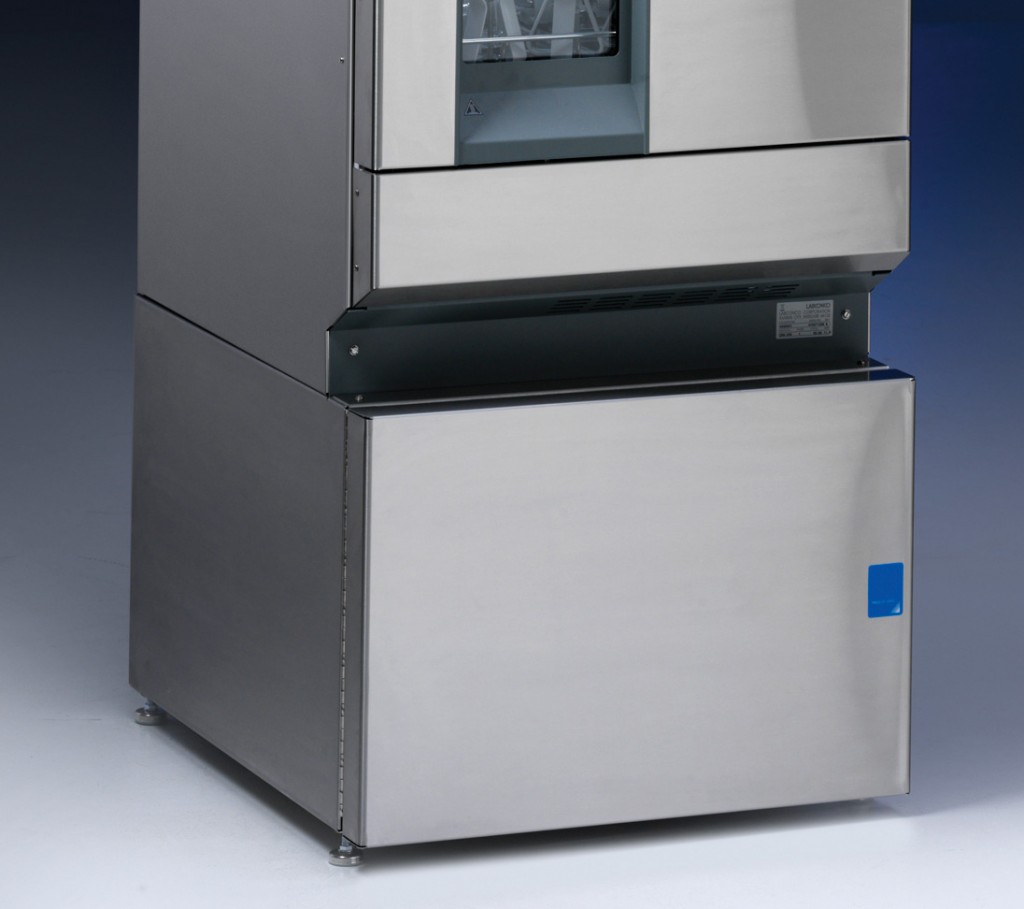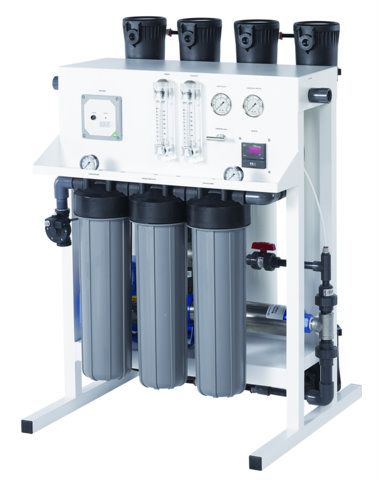Using Activated Carbon Equipment and Filters
Also See : Activated Carbon Filtration
Click Here for : Activated Carbon Filtration Systems
About Activated Carbon Filtration Equipment
Pour-through activated carbon filters are the simplest. They work like a drip coffee maker. Water is poured in the top and filters by gravity through the filter to the bottom. They are quite slow and handle only small volumes of water.
Faucet-mounted activated carbon filters are small units attached on the end of a standard kitchen faucet. They are convenient to use, but because of their size require frequent change. Some units have bypass valves, so that just water for cooking and drinking is filtered.
High-volume activated carbon filters contain much more activated carbon than either the pour-through or faucet-mounted models. High-volume units are designed to be installed in-line, generally under the sink. They are installed on the cold water line, and some units are installed with a bypass to separate cooking and drinking water from other uses. Under exceptional circumstances all water may need to be treated by activated carbon filtration. A high-volume unit may be installed at the point of entry to the house if all water needs to be treated.
Results of Activated Carbon Filter Testing
In recent years several independent laboratories have tested activated carbon filtration equipment for effectiveness in contaminant removal. Organizations involved in activated carbon testing are the Gulf South Research Institute, National Sanitation Foundation, Canadian Bureau of Health, Consumer Reports and Rodale Press Product Testing Department.
Based on the testing results of these organizations, general recommendations can be made regarding activated carbon filtration. High-volume activated carbon units should be used if removal of health threatening contaminants is your concern. Pour-through and faucet-mounted units do not provide the contact time for significant removal of contaminants. If you are only concerned with taste, odor, or color, pour-through and faucet-mounted units will probably do the job. However, they will still require changing much more often than high-volume activated carbon filters.
Efficiency of contaminant removal and equipment operation vary even among the high volume activated carbon units. The most efficient unit is not always the most expensive one.
Eventually the activated carbon filter loses its ability to remove contaminants, because it becomes clogged with material. In the case of taste and odor, the time to change the filter is easy to detect. However, in the case of other contaminants, it is more difficult to determine when the filter is no longer performing at an adequate level. Most manufacturers recommend a filter change after a certain volume of water has passed through the filter. Some activated carbon units actually meter the water and automatically shut down after a specific quantity of water has passed through the filter. A general rule of thumb for high-volume activated carbon filters is to change the filter after six months of use or 1000 gallons of filtered water. Tests done by Rodale Press Product Testing Department indicated that filtering performance was reduced dramatically after 75 percent of the manufacturer's recommended life time. These results suggest that filters should be changed more often than suggested by the manufacturer. Some activated carbon filters are claimed to last for five years, because they are rechargeable with hot water '145 degrees F'. The heat is supposed to release adsorbed organic chemicals. Little information is available on the prolonged effectiveness of rechargeable activated carbon units. General recommendations are somewhat useful quidelines, but there is no guarantee that they apply to any specific situation. Remember, the only certain way of knowing whether contaminant levels are acceptable or not is by having your water tested.
A sediment filter installed ahead of any activated carbon filter will prolong the life of the activated carbon unit. Sediment can easily clog the pores of an activated carbon filter within a short period of time. A good sediment filter can be purchased for only a fraction of the price of most high volume activated carbon filters.
The Bacteria Issue
Activated carbon filters can be a breeding ground for microorganisms. The organic chemicals that are adsorbed to the activated carbon are a source of food for various types of bacteria. Pathogenic bacteria are those that cause human diseases such as typhoid, cholera, and dysentery. Public water systems must treat for disease causing bacteria; therefore, the likelihood of disease causing bacteria being introduced to an activated carbon filter from public drinking water is remote. activated carbon filtration should only be used on water that has been tested and found to be bacteria free or effectively treated for pathogenic bacteria.
Pseudemonas Bacteria has been found in many carbon filters and activated carbon systems. Special care needs to be taken to control bacterial growth in purified water.
For more information about Pseudemonas Bacteria read :
Pseudomonas In Purified Water, Spas and Drinking Water Systems
Other types of non-pathogenic bacteria that do not cause diseases have been regularly found in activated carbon filters. There are times when high amounts of bacteria 'non-pathogenic' are found in water filtered through an activated carbon unit. Research by R. L. Caldron and E. W. Mood '1987' shows little risk to healthy people that consume high amounts of non-pathogenic bacteria. We regularly take in millions of bacteria every day from other sources. However, there is some concern for certain segments of the population, such as the very young or old and people weakened by illness. Some types of non-pathogenic bacteria can cause illness in those whose natural defenses are weak. Flushing out bacteria that have built up in the filter can be accomplished by running water through an activated carbon filter for about 30 seconds prior to use. Water filtered after the initial flushing will have much lower levels of bacteria and ingestion of a high concentration of bacteria will have been avoided. The flushing procedure is most important in the morning or any other time of the day when the filter has not been used for several hours.
Silver impregnated carbon
Some compounds of silver have been used as disinfectants. Silver has been added to certain activated carbon filters as a solution to the bacteria problem. Unfortunately, product testing has not shown silver impregnated activated carbon to be much more effective in controlling bacteria than normal activated carbon filters. Only in the first month of operation did there appear to be any advantage to using an activated carbon filter that contained silver.
EPA requires registration of all types of water treatment equipment that contain an active ingredient for the purpose of inhibiting the growth of microorganisms. Registration does not guarantee that the product is effective. It only guarantees that the active ingredient will not leach from the filter at levels that would be a health hazard.
The best method for controlling bacteria in carbon beds it to install ultraviolet sterilization.
Further Information
For further information contact your local county Extension Office or State Health Department.
References
1989. Recognized treatment techniques for meeting the National Primary Drinking Water Regulations with the application of point-of-use systems. Water Quality Association, Lisle, Il.
1989. Recognized treatment techniques for meeting the National Secondary Drinking Water Regulations with the application of point-of-use systems.
1990. Fit to drink? Consumer Reports. pp. 27-43, January.
Caldron, R. L., and E. W. Mood. 1987. Bacteria colonizing point-of-use, granular activated carbon filters and their relationship to human health. Research Project CR-811904-01-0, Health Effects Research Lab., U.S. EPA, Cincinnati, OH. Reprinted by the Water Quality Association, Lisle, IL.
Culp, G. L. and R. L. Culp. 1974. New concepts in water purification. Van Nostrand Reinhold Co., New York.
Ishizake, C., I. Marti, and M. Ruiz. 1983. Effect of surface characteristics of activated carbon on the adsorption of chloroform from aqueous solution. In M. J. McGuire and I. H. Suffet 'ed.', pp. 95-106. Treatment of water by granular activated carbon. Advances in Chemistry Series. American Chemical Society, Washington, D.C.
Rodale Press Product Testing Department Staff. 1985. Water treatment handbook - A homeowners quide to safer drinking water. Rodale Press Inc., Emmaus, PA.
Taraba, J. L., L. M. Heaton, and T. W. Ilvento. 1990. Using activated carbon filters to treat home drinking water, IP-6. University of Kentucky Cooperative Extension Service, Lexington, KY.
Temple, Barker, and Sloan Inc. Staff. 1983. Point-of-use treatment for compliance with drinking water standards. Reprinted by the Water Quality Association, Lisle, IL.
Funding for this publication was by the U.S. Department of Agriculture, Extension Service, under project number 90-EWQI-19252.
http://www.ag.ndsu.edu/pubs/h2oqual/watsys/ae1030w.htm
|
Images are representative of the products. Images may or may not be of the actual product. If it is important e-mail us for an actual image if available.
* Flat Rate UPS shipping when able to ship via UPS and is in the USA excluding Hawaii and Alaska.
Larger Items may not be able to ship via UPS, in that case freight charges will be quoted seperately.
International shipping will be quoted after the order is placed. You will have the opportunity to cancel before we finalize your order.
Terms and conditions
Credit Application
Privacy
Policy
List All Products
|
